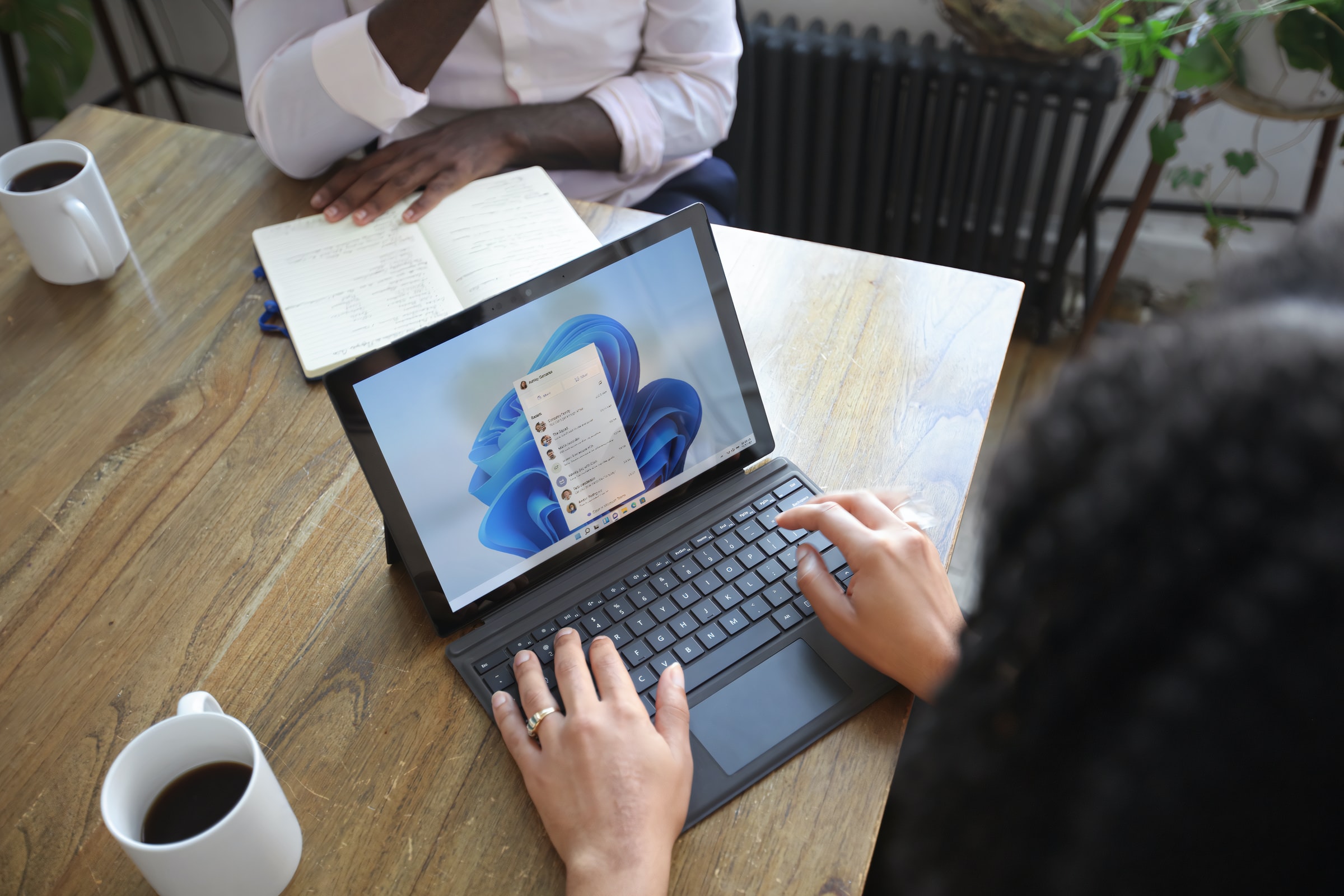
13 Jun How Azure Virtual Desktop solves common business challenges
Technology is most effective in a business when it is solving a problem or delivering a tangible benefit. This way it enables a clear return on investment and enables employees to spend more time growing the business, rather than dealing with technical issues. There are few solutions as powerful as Azure Virtual Desktop when it comes to solving multiple business challenges with a single technology. In this article, we will introduce Azure Virtual Desktop, and the problems it can solve within your business.
What is Azure Virtual Desktop?
Azure Virtual Desktop (AVD) is a virtual desktop interface (VDI) solution that is deployed through Azure that allows users to access Windows 10/11 and all the necessary applications, from anywhere, on any device. The technology can also be used for RemoteApp streaming when businesses only require employees to access a single application on the virtual machine. AVD offers businesses full control over the configuration and management of virtual machines and supports multi-session Windows virtual machines. Billing for AVD works on a consumption basis, however, there are many features within Azure to optimise a business’s costs.
How Azure Virtual Desktop Solves Common Business Challenges
Enable a Secure Remote Workforce
The number one business problem that AVD can solve is how to enable a secure remote workforce. Allowing employees to work from home, or any location other than a secure office network is a difficult task as there is less visibility over the network and endpoint device. To make matters worse, the attacks surface is constantly expanding and the exploitation methods that cybercriminals use and getting more complex. With Azure Virtual Desktop, employees can work from any location without compromising their security posture. With, AVD is only as secure as it is set up to be. Therefore, businesses should consult an Azure security specialist to ensure their workloads are as secure as possible.
Reduce Hardware Expenditure
With the ongoing chip shortage, many businesses are struggling to procure workstations and laptops with a strong performance to price ratio, and many businesses simply cannot find enough devices to replace all their employee devices. Another challenge facing businesses is that if they want to upgrade to Windows 11, all devices need to have a TPM 2.0 chip. Older hardware will not have this chip, making it impossible to upgrade to Windows 11. Some businesses may consider implementing a BYOD program to reduce their hardware expenditure; however, this typically carries a significant security risk.
Azure Virtual Desktop solves these challenges by moving the computing power away from the device to the Azure Cloud. As the compute is provided on Azure, employees only require ‘thin’ devices, which are typically not powerful, but cheap. Employees can also run Windows 11 through AVD, even with older hardware that lacks a TPM 2.0 chip. Finally, AVD is one of the most secure ways to implement a BYOD program, as no data leaves the cloud.
Simplify Compute Scaling
Each employee within a business has a different compute requirement. Whilst some staff require less powerful devices for word processing and administrative tasks, other employees need powerful devices for graphic design or other intensive applications. This becomes more difficult if an employee only occasionally uses these intensive applications. Typically, the only way to accommodate this is by purchasing a device that is overpowered for 95% of its use. This leads to increased hardware expenditure, especially if multiple employees occasionally require a powerful PC. Azure Virtual Desktop can solve this problem with intelligent compute scaling. This makes it possible to allocate additional resources to a virtual machine when required, and then deallocate it when the employee has finished using the application. Therefore, businesses only need to pay for the computing power they use.
Streamline Disaster Recovery
It is essential that all businesses are prepared for the worst, from everything from natural disasters to cyberattacks such as ransomware. Whilst regular backups will ensure that a business can eventually continue to work as normal, it is also important to consider how quickly this is possible. For a disaster such as ransomware, recovery can take a long time as all devices need to be re-imaged. With AVD, this process is streamlined as all workspaces can be reverted to their golden image. Similarly, there are many features available within Azure to aid in disaster recovery, including automated backups of images and profiles.
Provide Remote Support and Troubleshooting
As many businesses have made the move to remote and hybrid work, it has created a new challenge in how businesses and their IT providers can provide support to employees. Whilst there are many tools on the market that enable this, few are as flexible as Azure Virtual Desktop. With AVD, it is possible to remotely manage host pools, as well as individual workspaces. Similarly, IT support staff can remote connect to a user’s workspace for non-AVD related troubleshooting. Finally, AVD simplifies update and patch management as the image can be updated, and all instances are automatically updated.
How We Can Help
Whilst Azure Virtual Desktop can solve many business challenges and deliver tangible benefits within a business, it requires expertise to implement and deploy, especially regarding security and cost management. We have expertise in Azure Virtual Desktop and making sure that your business achieves the best value for money with its AVD solution. To find out more, contact us today.
 Remote Support
Remote Support

